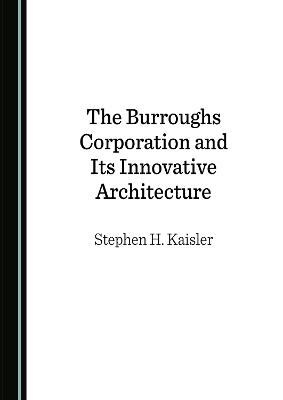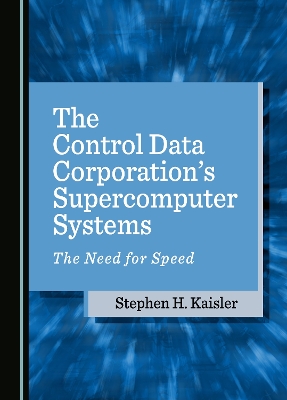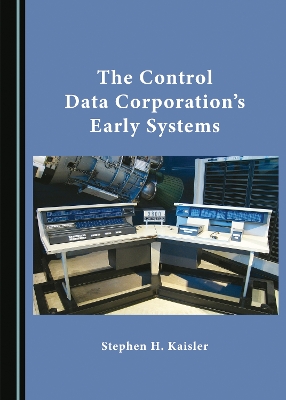Historical Computing Machine
3 total works
The Burroughs Corporation and Its Innovative Architecture
by Stephen H. Kaisler
Published 1 July 2022
This book surveys the history of the Burroughs Corporation, from its earliest days as a computer system vendor up to the late 1990s after its merger with Univac Corporation to form Unisys. The Burroughs Corporation was one of the earliest manufacturers of large mainframe computers through its purchase of Datatron. Burroughs developed four more generations of mainframe computer systems, culminating in the B2x00/3x00/4x00 family of machines. It also developed one of the most innovative computer architectures in the B5x00/6x00/7x00 family. These systems featured direct execution of high-level language programs, stack-based and tagged architectures, multiprocessing, and early virtualization through descriptors. Burroughs’ early work on the ILLIAC IV led to the development of the D825 for SAGE and the B8500, the former a notable success and the latter less than successful. Burroughs’ foray into small computer systems was not financially viable, but its merger with Univac led to the formation of Unisys, where its advanced architectures survive today as counterpoints to IBM’s mainframe architectures—the two surviving manufacturers from the mainframe era.
This book is the ninth volume in the Historical Computing Machines series, which aims to document the history of computing machines from the late 1930s up to about 1995. It is the second volume on Control Data computers. It is focused on the Control Data Corporation’s supercomputer systems which brought to maturity the design principles espoused by Seymour Cray. Later systems, after Cray left CDC, continued the development of families of supercomputers through the mid-1990s. CDC developed and sold supercomputers – some of the fastest machines for over 25 years – for scientific and engineering organizations. CDC’s supercomputer systems continued to be minimalist in their instruction sets, almost RISC-like in some senses. This volume covers CDC supercomputer systems through the demise of CDC as the Cold War ended, describes their system software, their effect on programming language designs, and key applications. As such, this volume strives to bring together a comprehensive, but not exhaustive, view of the capabilities of CDC supercomputer systems.
This book is the eighth volume in the Historical Computing Machines series, which aims to document the history of computing machines from the late 1930s up to about 1995. It is focused on the Control Data Corporation’s early systems which reflected the design principles espoused by Seymour Cray. CDC developed and sold early machines as fast processors for use in scientific and engineering organizations. CDC’s early systems were batch-oriented and minimalist in their instruction sets. This volume covers the early CDC systems – from the CDC 160 through the CDC 3800 – in the evolution of computer architectures in the pursuit of fast computers, and describes their system software, their effect on programming language designs, and key applications. It also describes the later CDC 1700 and its successors, the Cyber 17/18 series of minicomputers. As such, this volume strives to bring together a comprehensive, but not exhaustive, view of the capabilities of early CDC computer systems.


